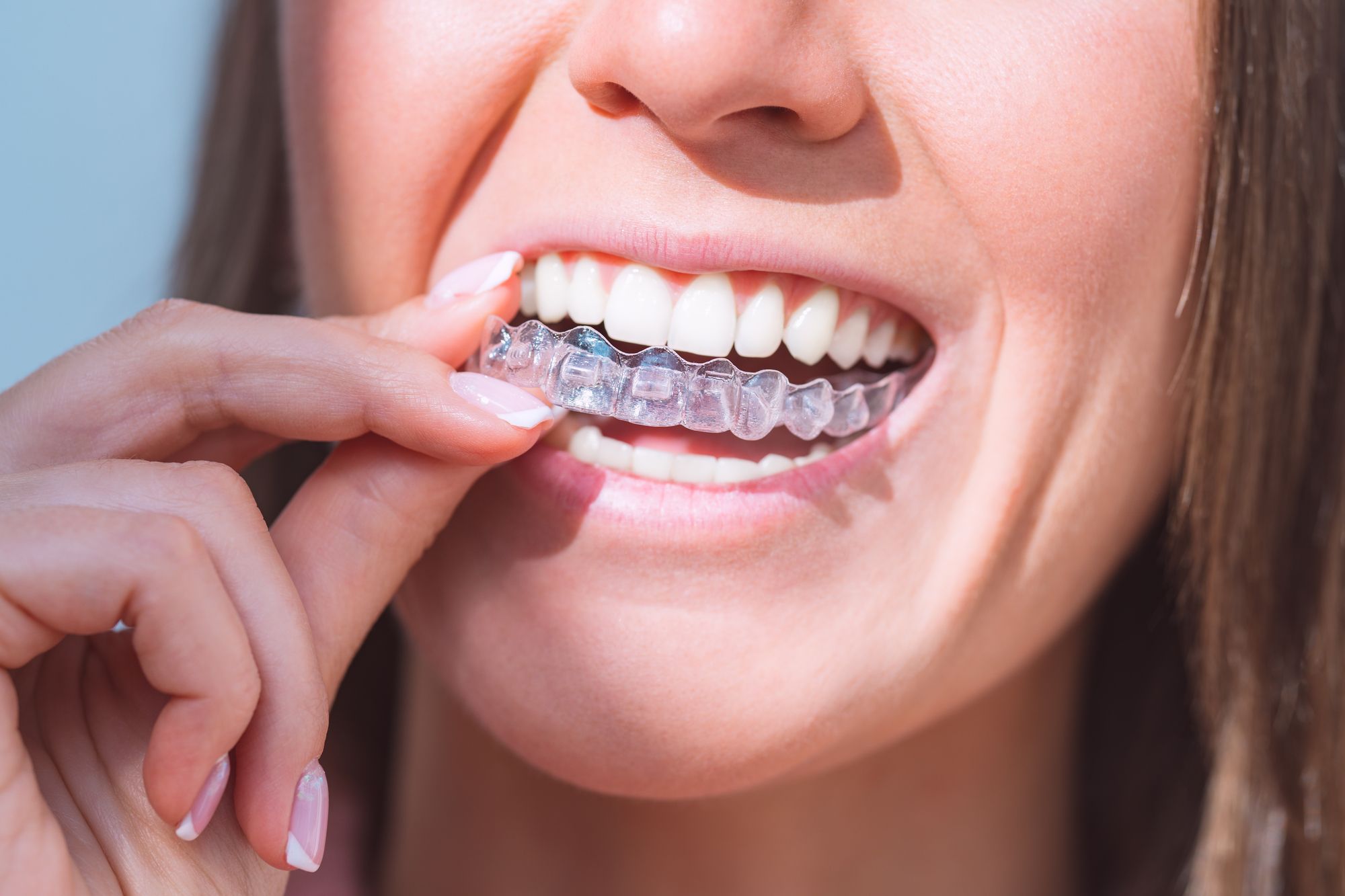The secret to Invisalign® success? Prioritizing oral hygiene.
When it comes to achieving a radiant and confident grin, Invisalign is the preferred choice for many individuals seeking orthodontic treatment. The clear aligners provide a discreet, comfortable, and convenient way to straighten teeth. However, maintaining proper oral hygiene during Invisalign treatment is crucial for achieving the best results.
Before starting clear aligner therapy, it is best to have your oral health examined by a trained professional, like Dr. Wint Tun. Contact Harmony Orthodontics in Tomball, TX, today at (832) 699-3683 to see if your smile is ready for Invisalign.
In this post, we explore why oral hygiene is so important while on Invisalign and provide tips to help you maintain a healthy and beautiful smile.
1. Preventing Cavities and Gum Disease
One of the most significant benefits of Invisalign is its removable nature, which allows patients to continue eating their favorite foods and practice good oral hygiene. However, if patients neglect proper oral care, their clear aligners can become a breeding ground for harmful bacteria and food particles. These factors can lead to tooth decay, cavities, and gum disease.
To prevent these issues, it’s essential to brush and floss after every meal and rinse the aligners before reinserting them. And, don’t forget – patients must wear their aligner trays for 20 to 22 hours each day for optimal results.
2. Maintaining Aligner Clarity
Many people love aligners because they are transparent. However, the plastic trays can become cloudy or discolored without proper oral hygiene. This can make them much more noticeable.
To keep aligners clear and inconspicuous, clean them regularly. Our Tomball orthodontist recommends using a soft toothbrush and mild soap or the specialized cleaning crystals provided by Invisalign.
3. Avoiding Bad Breath
Neglecting oral hygiene while wearing clear aligners can also lead to bad breath. Regularly cleaning food particles and bacteria from teeth and aligners helps keep breath fresh and confidence intact.
4. Preventing Aligner Odor
Just as our breath can suffer from poor oral hygiene, so can clear aligners. To avoid this, clean aligners daily and store them in their protective case when not in use. This will help keep them fresh and odor-free.
5. Ensuring Proper Teeth Movement
Maintaining oral hygiene isn’t just about preventing dental problems—it’s also essential for the effectiveness of Invisalign treatment. Clean teeth and gums allow the aligners to fit snugly, ensuring that they can apply the necessary pressure to shift teeth into their desired positions.
6. Reducing the Risk of Staining
Dentists make aligner trays from a clear plastic material that is susceptible to stains and discoloration if not properly cleaned. So, keep aligners away from pigmented treats, like berries, coffee, tea, or red wine.
Schedule an Invisalign Consultation in Tomball, TX
Maintaining proper oral hygiene is not just a suggestion — it’s a requirement for a successful Invisalign journey. If you have any questions or concerns about your Invisalign treatment or oral hygiene, don’t hesitate to reach out to our orthodontist in Tomball, TX. The team at Harmony Orthodontics is here to foster your success. So, contact us today! You can schedule a consultation online, or call our crew at (832) 699-3683 for more information.









